Explore the Galerius Arch (Kamara) in Thessaloniki: A Historic Landmark and Popular Meeting Spot
The Arch of Galerius in Thessaloniki, known as the Kamara, is a monumental symbol of Roman history and architecture from the Tetrarchy period. Discover its significance and story.
Thessaloniki is a city with a rich history and preserves many notable sites, one of the most recognizable being the Arch of Galerius, known as the Kamara. This monument, along with the Rotunda, one of the most important late antique monuments, represents a significant place in the daily life of the people of Thessaloniki.
Next to the White Tower, many residents of the city will arrange to meet you at the Kamara if you are planning to go into the city together.
What is the Kamara in Thessaloniki?
Kamara, which means vault or arch in Greek, represents a part of a monumental complex built in honor of Emperor Galerius after his decisive victory over the Persians in 305 AD.
The arch was originally part of a larger architectural complex, which included the imperial palaces of Galerius to the south and the Rotunda to the north. Its purpose was not practical, but rather symbolic and honorary. Built at the intersection of roads, Kamara was conceived as a symbol of the grandeur of Galerius and the strength of the Roman Empire.
Throughout history, Kamara has undergone many changes. Restorations were carried out during the Turkish occupation in 1889. In the mid-20th century, extensive conservation work was done on the two main columns and reliefs, while from 1991 to 2001, additional restoration and cleaning were carried out due to damage caused by pollution.
The Tetrarchy and Galerius’ Reign
The Arch of Galerius belongs to a period known as the Tetrarchy - a political system of divided rule of the Roman Empire among four rulers. The system was established by Emperor Diocletian in 293 AD by appointing two emperors (Augusti) and two of their assistants (Caesars).
Galerius was a Caesar and ruled over a part of the empire that included the Greek peninsula, while the other tetrarchs governed the remaining parts of the Empire.
Galerius’ seat was in Sirmium (modern-day Sremska Mitrovica), and as Thessaloniki was the main crossroads of the then roads (Via Egnatia), he chose that city for the construction of his palace.
Architecture of the Arch of Galerius and the Palaces in Thessaloniki
Galerius’ palace was connected to his arch, and this complex occupied the southeastern part of the historical center of Thessaloniki. The arch connected the imperial palace, located to the south, to the Rotunda, a huge circular temple to the north. The Rotunda was originally conceived as a mausoleum or temple but was later converted into a church.
Additionally, the remains of the Roman Forum, known as the Agora, are nearby, which served as the administrative and commercial center of the city. Although direct physical connections between the Forum and Galerius’ palace are not confirmed, the proximity of these two complexes indicates the important role Thessaloniki had in the time of the Roman Empire.
Impressive Architecture and Reliefs of the Arch of Galerius
In its original form, Kamara was an imposing structure with four main massive columns and four secondary ones, supporting a large central arch and lower spheres with side arches.
Today, two main columns and one secondary column are preserved, connected by a preserved brick arch.
Special attention was given to the reliefs on the arch, telling stories of Emperor Galerius’ military successes. In the 14 zones of the northern column, Galerius’ army is depicted marching towards Persia, while the reliefs on the southern column glorify his military power and the political unity of the Tetrarchy.
The reliefs are filled with numerous figures and scenes, where proportions are not always respected - horses and elephants are depicted in similar sizes, and soldiers are larger than animals. This stylization adds decorative value to the arch.
Interestingly, Greek masters were responsible for crafting the reliefs, as confirmed by Greek inscriptions between the depictions, such as “Tigris”, “Ecumene”, and others.
Kamara represents a splendid combination of narrative art and architectural innovations of that time.
Location and How to Get to Kamara
Kamara is located at the intersection of Egnatia and Dimitriou Gounari streets in the heart of modern Thessaloniki. If you are at Aristotelous Square, you can easily walk to Kamara - it only takes about ten minutes walking northwest. Walk along Egnatia Street, which is also known as the main shopping area of Thessaloniki, so you can also enjoy shopping in the stores and cafes along the way.
Location on Map
Shopping and Sightseeing Around Kamara
Kamara is located in one of the liveliest parts of Thessaloniki, known for its shopping and cafes. If you are a shopping enthusiast, Egnatia Street leads you through some of the city’s most popular shopping areas. Read more about Shopping in Thessaloniki to plan your visit.
Also, if you want to learn more about other sights not to miss during your visit to Thessaloniki, check out our guide and article What to See in Thessaloniki and Guide to Thessaloniki.
More about the Life of the People of Thessaloniki in the Roman Period
During Galerius’ reign, Christians suffered severe persecution, and he was a key figure who insisted on the persecution, under whose rule the persecution was mercilessly carried out.
Although initially a leading persecutor, Galerius later, towards the end of his life, suffering terrible pain due to a severe illness, acknowledged the failure of his policy and even asked Christians to pray to God for his safety (Edict of Serdica).
During Galerius’ reign, the Christian martyr Saint Demetrius was executed, whose martyrdom symbolizes resistance to persecution. According to legend, Saint Demetrius was killed on Galerius’ orders because he refused to renounce his faith, and today he is known as the patron saint of Thessaloniki. For more information about Saint Demetrius, visit our article on the Church of Saint Demetrius.
The legalization of Christianity, immediately after Galerius’ death, was carried out by Emperor Constantine (known as Constantine the Great), who was a political rival of Galerius.
Transformation from a Pagan to a Christian Monument
Roman buildings underwent significant changes during the transition to Christianity. Galerius’ Rotunda became a church, along with the Kamara, serving as an entrance to the church where early Christian processions passed through. This change included not only physical alterations, such as the addition of crosses or Christian symbols but also a change in the way the space was used.
More about the Rotunda
Today, the Arch of Galerius still stands as a testament to Thessaloniki’s glorious past. Its position in the modern city and its impressive structure make it an indispensable place for everyone in this fascinating city.
The Arch of Galerius is also a beautiful place for taking photographs to remember Thessaloniki.
You can always send us your impressions and share them with us and our members.
Follow us on social media where we regularly share exclusive offers, discounts, and special travel packages for vacations in Greece, as well as information, tips, and useful news.
Facebook: Nikana.gr
Instagram: @nikana.gr
Tiktok: nikana.gr
Facebook group: Live from Greece
YouTube channel @NikanaTravel
Email us at: nikana@nikana.gr
Visit our website nikana.gr for the leading source of information about Greece in the Balkans.

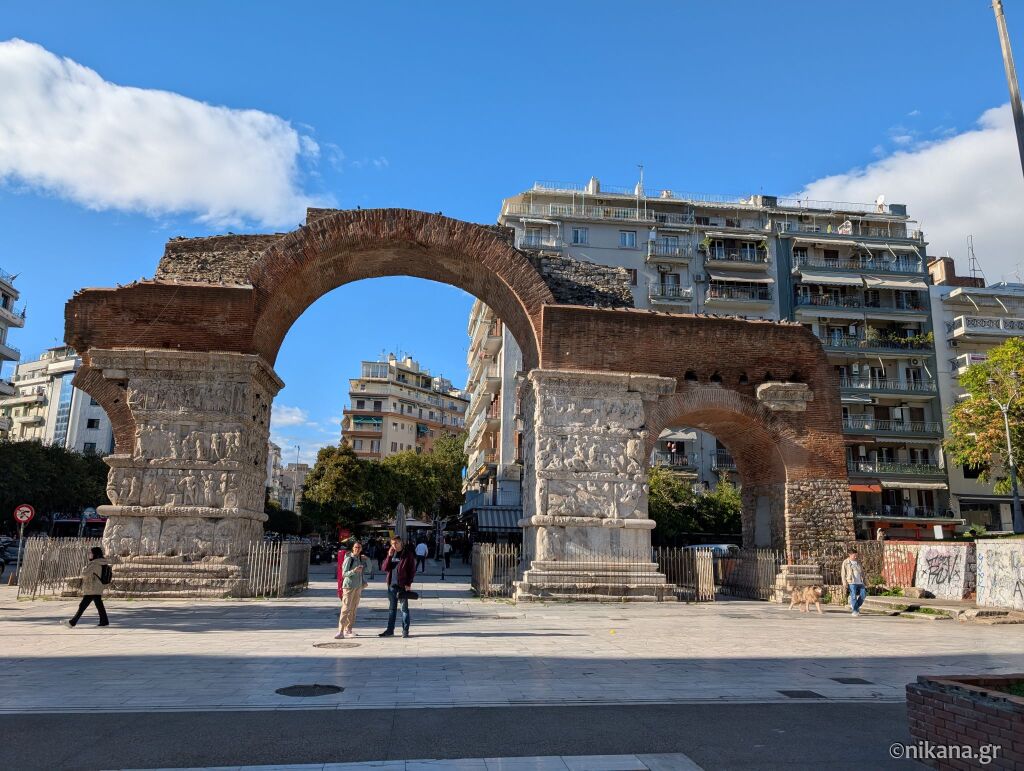
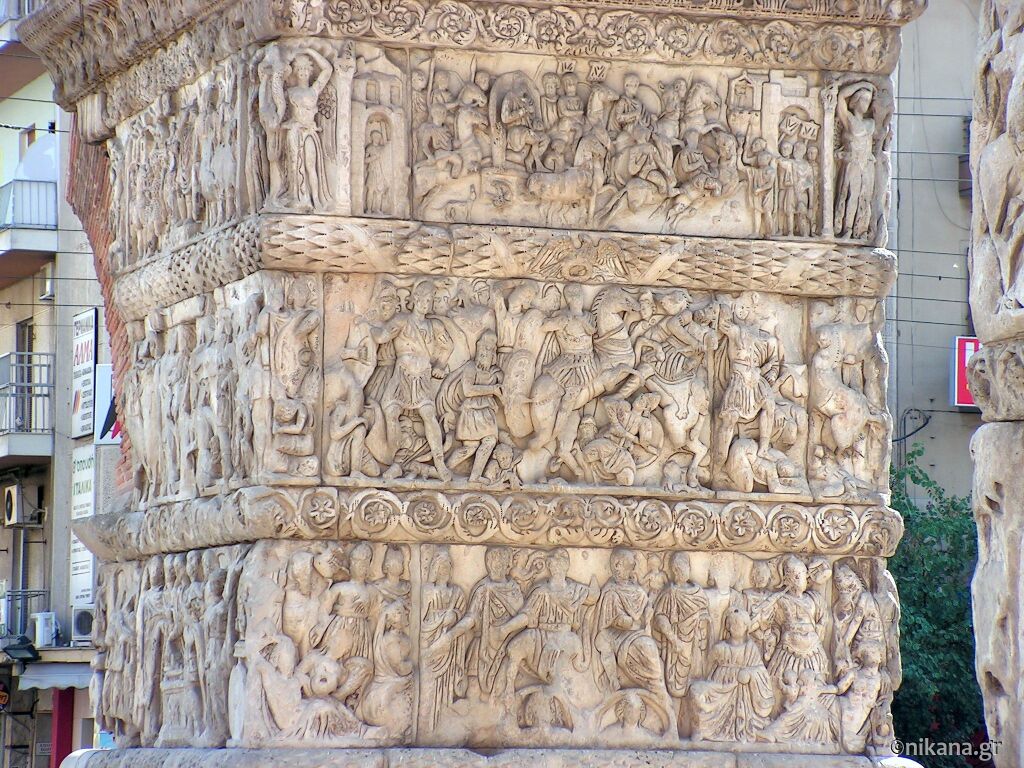
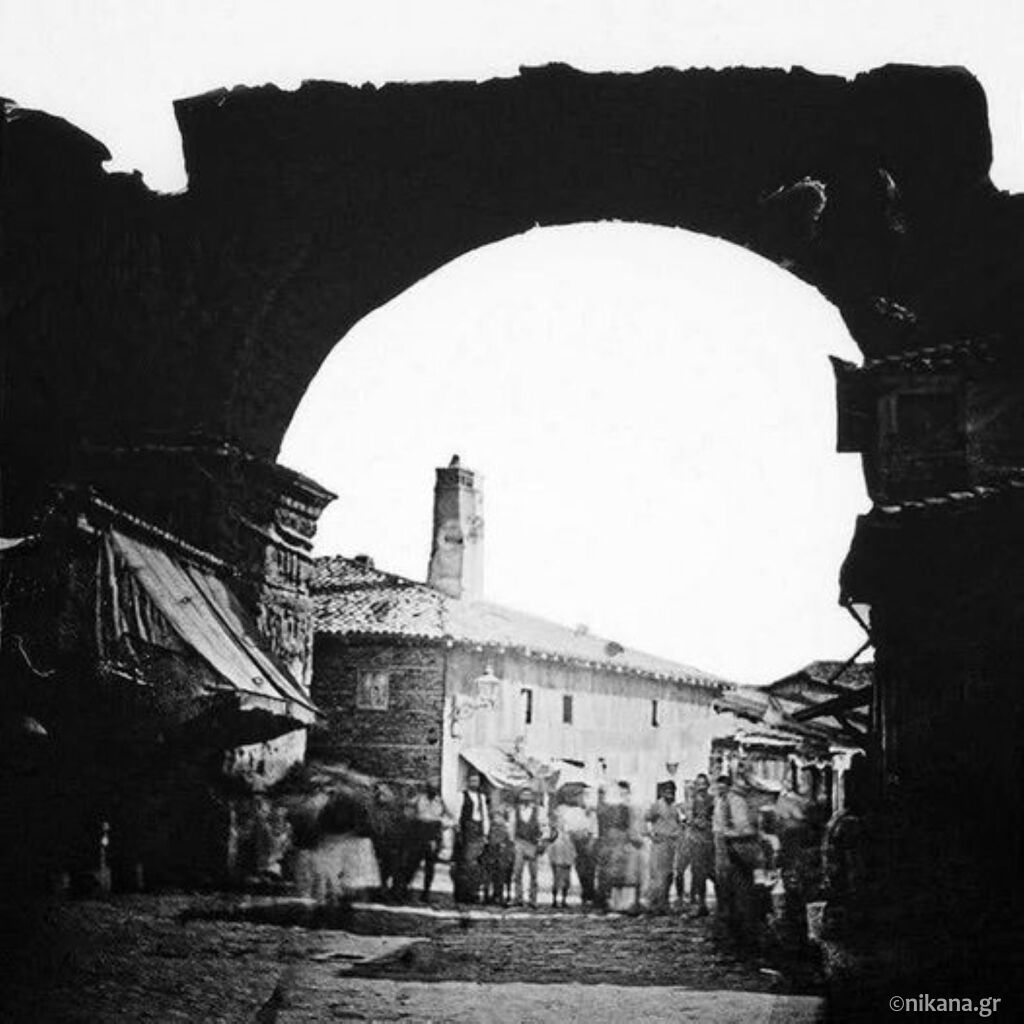
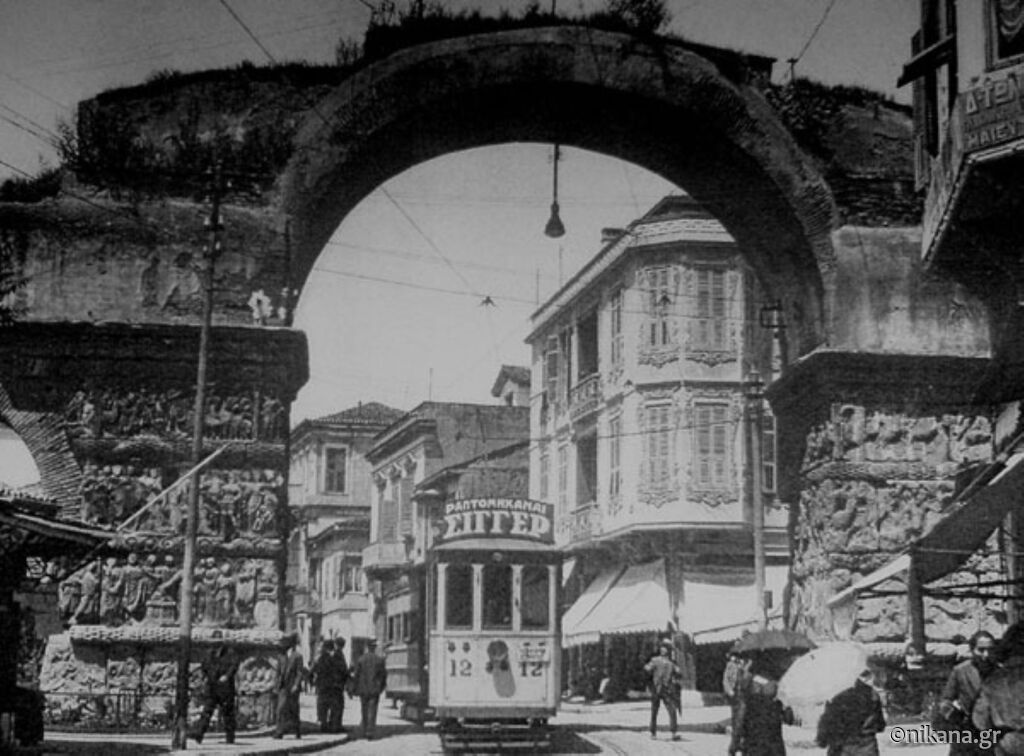
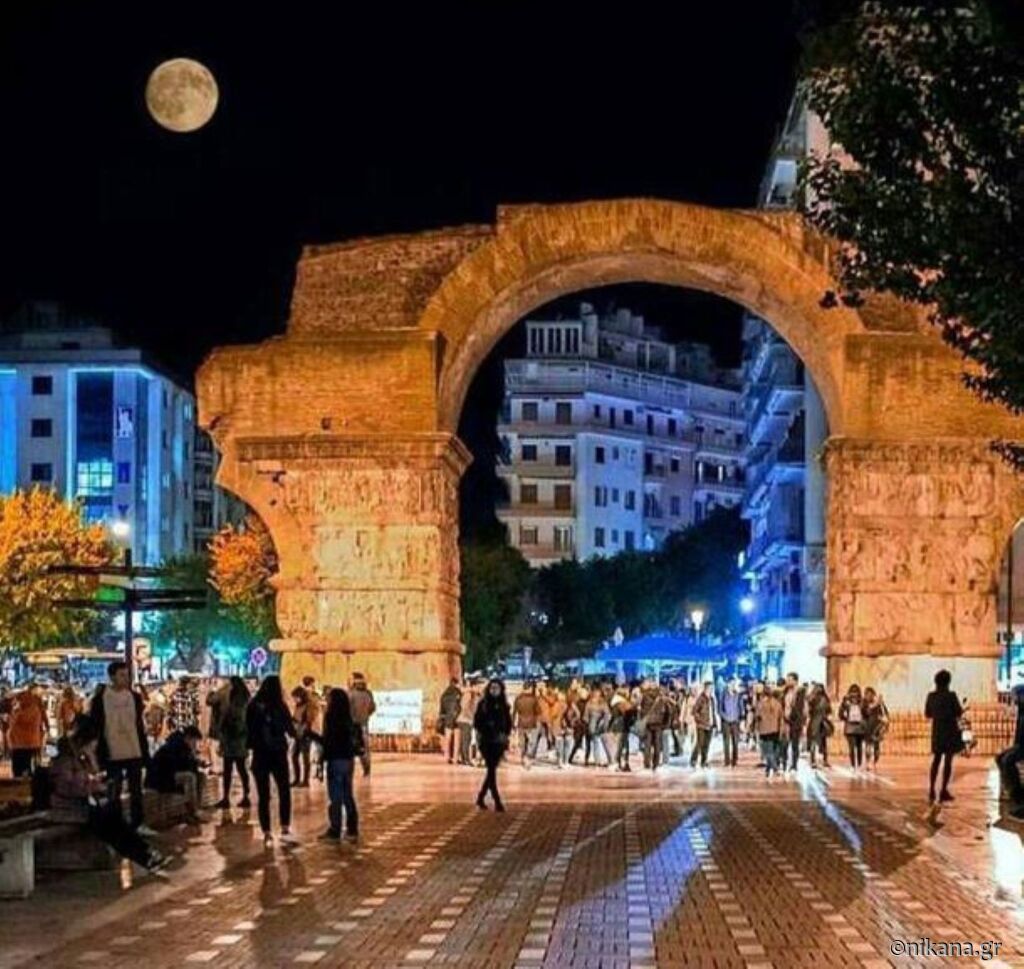
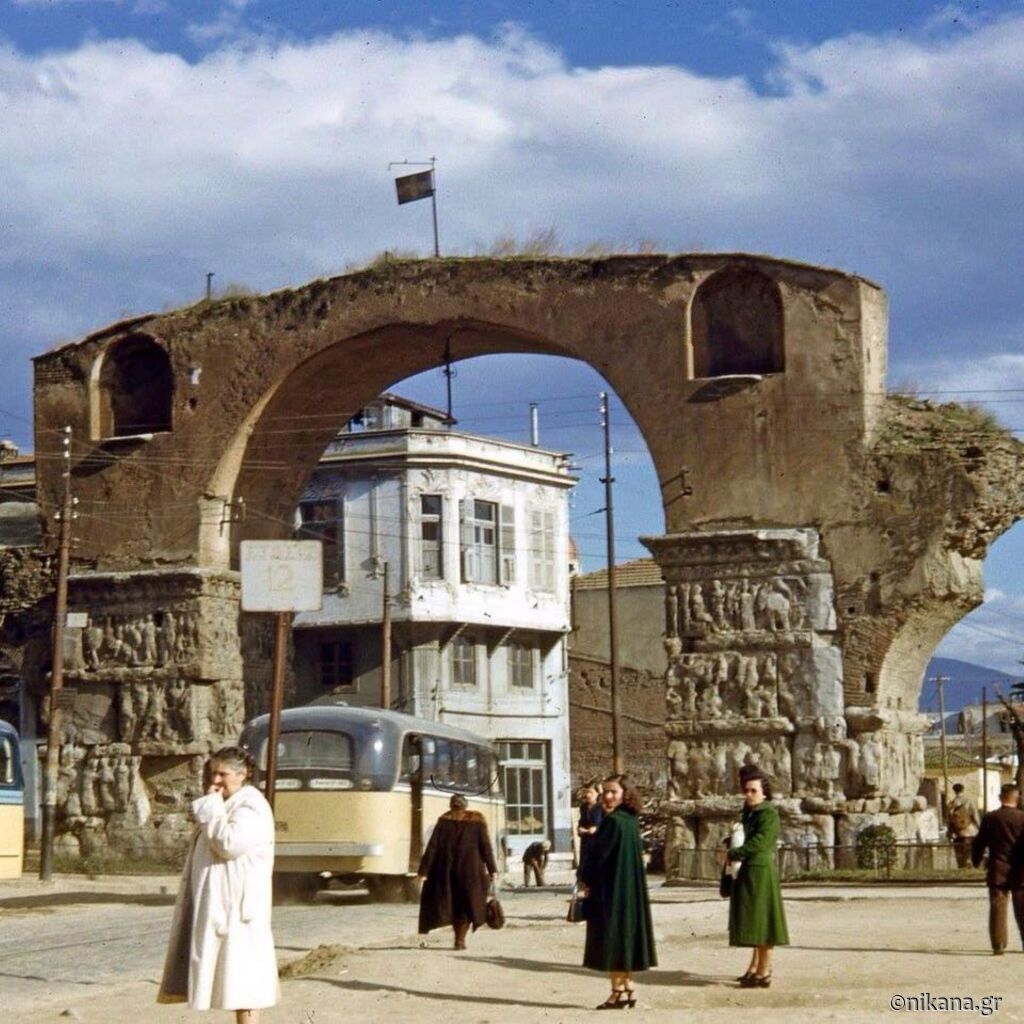
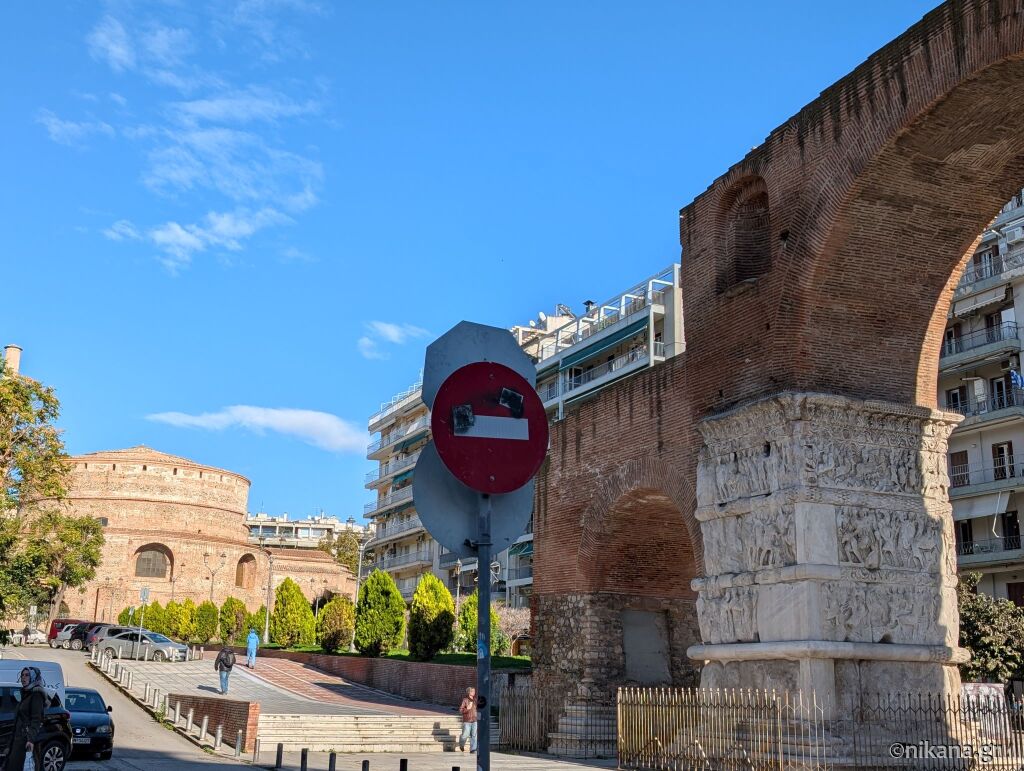
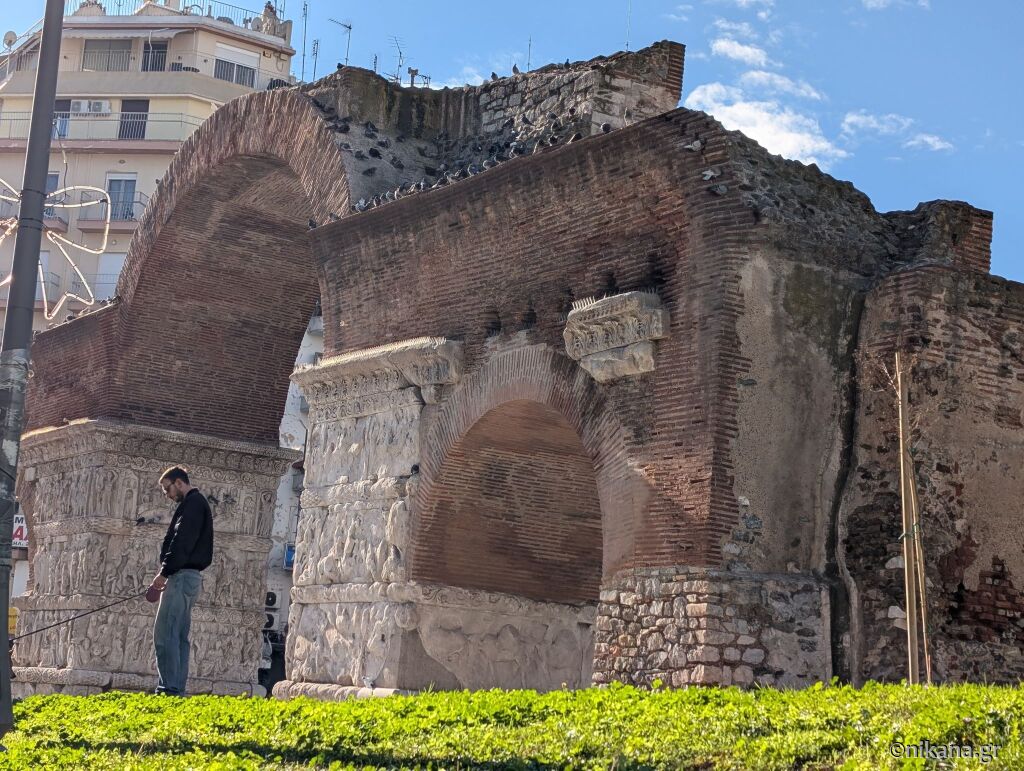
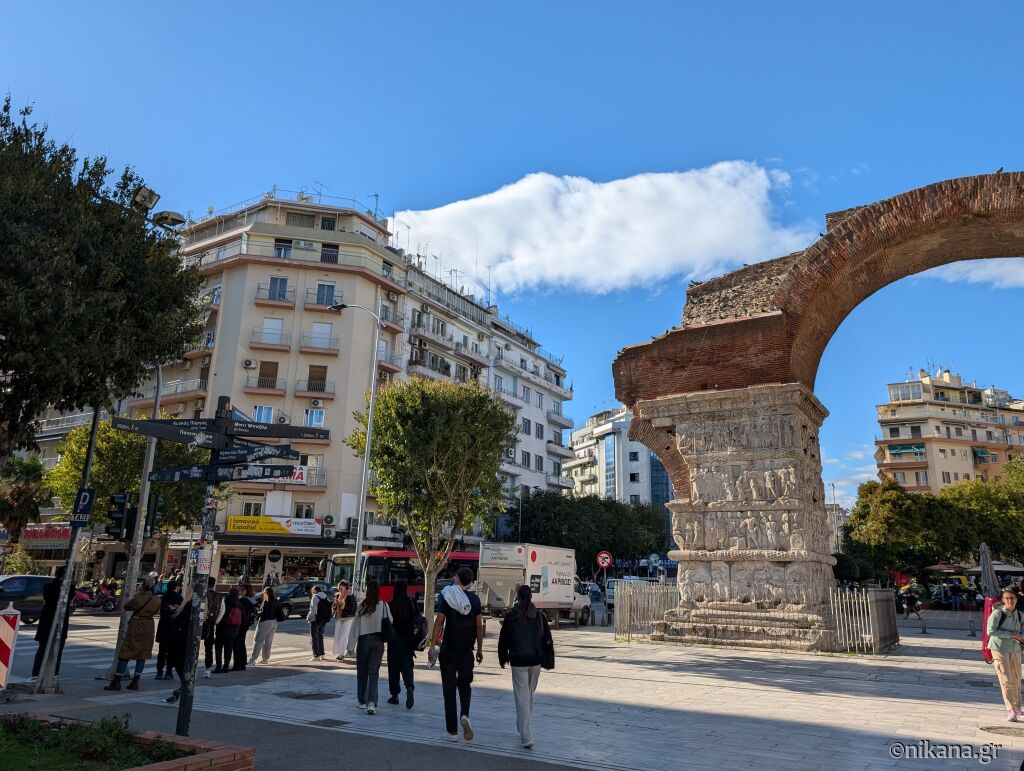













Post a Comment
NOTE
All your questions in the comments will receive an answer via email so check your inbox shortly after you posted comment. For more detailed questions and responses, contact us via mail nikana@nikana.gr.